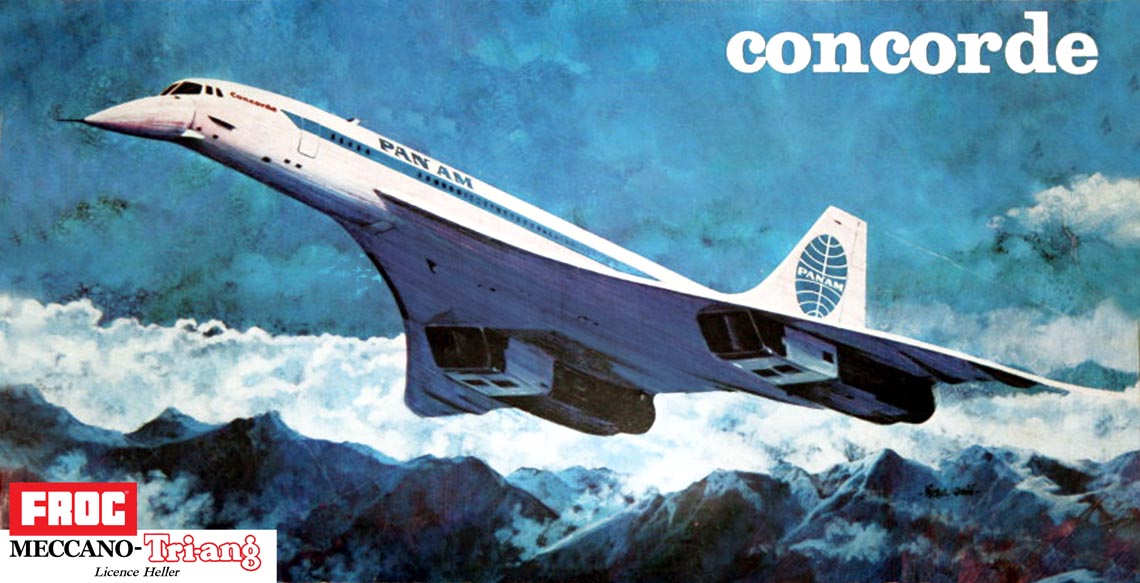“Ultimately, all of the U.S. airlines canceled their orders for the Concorde for economic as well as environmental reasons. John Anderson and I were tremendously disappointed,” Paul Roitsch, Captain with Pan Am.
The British-French supersonic passenger jet airliner, the Concorde, was manufactured by British Aircraft Corporation (BAC) and Aérospatiale. With seats for 92 to 128 passengers, it had a top speed of Mach 2.04 (1,354 mph or 2,180 km/h at cruise altitude, more than twice the speed of sound). The plane went into service in 1976 and flew for a further 27 years.
Twenty Concordes, including six prototypes and research aircraft, were created as part of the collaborative development and production of the aircraft by Aérospatiale and the BAC under an Anglo-French treaty.
Notwithstanding Pan Am’s evaluation of the aircraft, only Air France and British Airways purchased and flew the Concorde.
In 1963, Pan Am would opt for the aircraft and became the third airline to have the plane on its order book because they thought the Concorde would have transformed how passengers crossed the Atlantic and that supersonic flight was the future of aviation.
According to Simple Flying, it is conceivable that Pan Am would have flown to Europe on the Concorde (the famous London to New York route). The agreement surprised President JFK. The US was ready to announce its own supersonic transport (SST), he claimed and would do so the next day.
“This order involves hundreds of millions of dollars in the balance of payments, which is going to sabotage a program to put the United States up in the lead in the 70s,” said Kennedy of the Pan Am order.
Despite being informed of the new American SST program, Pan Am nonetheless chose to order the Concorde. The company ordered three planes from Aerospatiale and three from BAC in 1963. Moreover, Pan Am would reserve two alternatives from an order placed in 1966, one of each.
The world news media observed the negotiations as they took place. As was to be expected, the economics of the aircraft dominated the main discussions. The performance guarantees that Aerospatiale/BAC were willing to offer, according to ConcordeSST.com, would have likely been deemed acceptable but there was a difference of opinion over the aircraft’s potential for producing revenue.

The predictions of the operating costs for the Concorde were actually in dispute. Differences of this nature are common when parties are negotiating the sale of aircraft equipment, but in this case, the distance between the two parties was so great that it meant the difference between a profitable and a loss-making operation. And the gap turned out to be insurmountable despite a robust and really efficient marketing campaign. Pan Am announced that it has opted to cancel its options on January 31, 1973, the last day of the six-month period.
According to Pan Am, research showed that the “aeroplane will be capable of scheduled supersonic service,” but that would require far higher fares than those in use today, therefore it would not meet the airlines’ long-term needs.
The airline did not rule out the idea that its interest in Concorde could come back at some point in the future, though. When asked if the manufacturers might make any new recommendations, Pan American stated that they would “maintain an open door to the manufacturers.”
According to Heritage Concorde, Pan Am’s Captain Paul Roitsch and Flight Engineer John Anderson had the opportunity to test-fly the Concorde at Toulouse even though the airline never placed an order for the aircraft. Early in 1969, both had attended ground school in England.
Paul Roitsch reports: “John Anderson and I were given approximately two more days of ground school and at least two simulator rides on the Concorde. On November 8, 1969, accompanied by Sud Aviation test pilot Jean Franchi, John and I flew the first airline evaluation flight during the one-hundredth hour of operation of the first prototype (Concorde 001). For two hours and five minutes, we took the 1,400-mph Concorde to an altitude of 43,000 feet and to a speed of Mach 1.219 (802 mph). I didn’t want to bring it back.
“Thereafter, John and I flew the airplane in 1971, three more times evaluating performance, flying qualities, and failure modes, and reached a top speed of Mach 2.6.
“Ultimately, all of the U.S. airlines canceled their orders for the Concorde for economic as well as environmental reasons. John Anderson and I were tremendously disappointed.”
Photo by Heritage Concorde and Hobbydb

